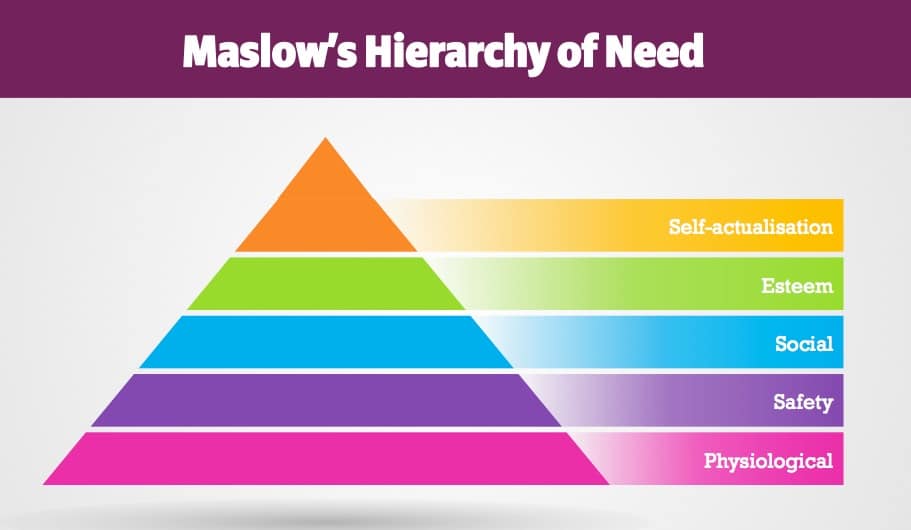
As organisations get bigger through organic growth or acquisitions, consolidation becomes an important value creation strategy to provide economies of scale and reduce duplication of effort. Operating in a borderless and integrated fashion across geographies and functions improves growth and adaptability. Back in 1994, when Lou Gerstner took over IBM one of his major tasks to help the failing company was to reduce billions of dollars in expenses through consolidating global functions and to train staff to collaborate across borders and functions. Achieving this goal helped turn IBM around in a spectacular fashion.






